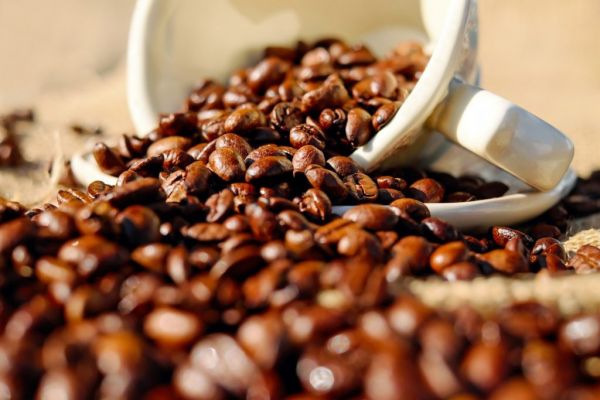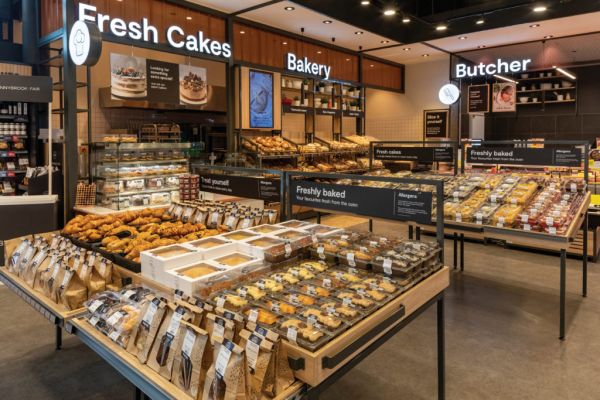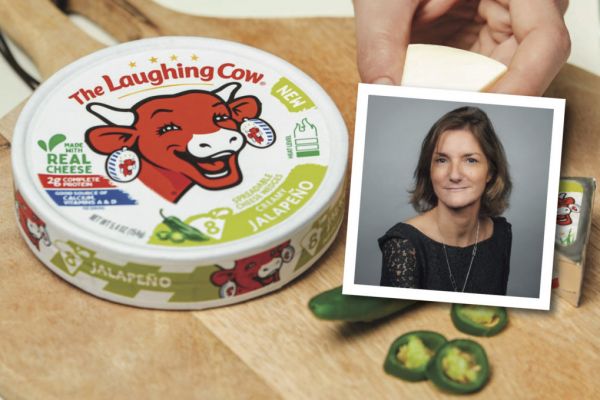The Tea and Coffee sectors have, like many others, been impacted by the coronavirus pandemic, although with consumers still needing their caffeine fix, producers should be able to navigate through it, as long as they remain flexible. This article is for Premium and Premium Plus subscribers only.
It's testament to the strength of the hot beverages industry that despite the COVID-19 epidemic scuppering much of the activity in the international investment sector, one of the largest initial public offerings of the year was held by a coffee giant. JDE Peet's, which includes brands such as Douwe Egberts, Kenco and Peet’s Coffee, raised €2.25 billion in its offering at the end of May, in what was the biggest food and beverage IPO since 2018.
The fact that this came at a time when both the coffee and tea industries were facing a significant impact from the prolonged closure of the HoReCa business is all the more remarkable.
Perhaps private equity giant JAB Holdings, which owns the business, is on to something; after all, in times of crisis, consumers revert back to 'essential' products, of which coffee is certainly one. In addition, JDE Peet's the business has been very active in the ready-to-drink (RTD) segment, which is seeing a sales boost from at-home consumers.
But what sort of hot drinks sector is likely to emerge from the coronavirus impasse?
Coffee Demand
A report by Rabobank earlier this year, just as the coronavirus was beginning to take hold, suggested that global coffee demand is expected to drop by around one million 60-kilogram bags this year, with consumption set to drop in markets that have seen a rapid increase in unemployment. A few months further down the line, is there a more positive outlook?
“In terms of demand, we’re at about the same level,” says Carlos Mera, senior commodity analyst at Rabobank. “If anything, we’re probably marginally worse, because development in terms of a vaccine hasn’t been very positive. So I would expect demand to be a bit lower, maybe 1.1 million bags. Next year, we expect growth of around 2%.”
The stockpiling effect during March and April is also weighing on consumption in the category; according to Mera, net imports in the second quarter of the year were 5% below that of last year. “In Southern Europe, meanwhile, there was a negative effect due to the lack of tourism, but the is more difficult to quantify,” he adds.
Having spiked in March, before dropping back, coffee prices are rising again, partly due to increased investment by fund managers in the category, and partly due to early flowering in Brazil, the world’s biggest coffee producer.
“There’s a question mark against next year’s harvest, which depends on the weather patterns,” says Mera. “In Brazil, you have a very clear dry season and a very clear wet season. Once the rain starts, generally at some point in December, you have flowering, which leads to the development of the coffee cherries, which contain the coffee beans. This year, there has been a little bit of rain, which led to some early flowering, followed by two to three weeks of dry weather, which saw the flowers fall, and with it, a potential part of the harvest.”
Successful Harvest
That said, the most recent harvest in Brazil has been “very successful”, Mera adds, and went ahead without any significant disruption. “Brazil has been selling it aggressively and it’s available at a good price,” he says. “That’s key, because Brazil represents around 35% of the global crop, or maybe as much as 40% this season.”
As for other major coffee producers, Mera expects production in Colombia to be “at last year’s level”, however neighbouring Peru has seen relatively low export volumes. “It hasn’t been moving as expected,” he says. “While we don’t have the same visibility in Peru as in other markets, we understand lockdown measures were quite strict in Peru, which in turn is affecting production.” India, too, could face impacts due to the lasting effect of strict lockdown measures, Mera adds.
Arabica Surplus
Another knock-on effect of the extended lockdown period is a surplus in arabica coffee, which is typically consumed in cafés and restaurants, while robusta, which is largely consumed at home, has seen a surge in demand. “
"In many markets, consumers are replacing out-of-home coffee consumption with instant coffee because it's easier to consume at home,” says Mera. “There is currently a large arabica surplus due to the strong harvest in Brazil, however there has been a decline in demand.”
Tea For Two
Like with coffee, the coronavirus epidemic is also having an effect on the global tea market, however harvesting challenges have been somewhat offset by increased customer adoption of tea for its antioxidant properties. A recent Forbes report suggested that some specialty tea brands have seen a triple-digit increase in e-commerce sales in the US in recent months.
This, too, is helping to build overall category value, due to the typically higher unit price of said products. But the jury is out as to whether this trend will continue once the crisis subsides, or whether shoppers will return to standard teas once the perceived danger has passed.
One brand that certainly sees potential in specialty teas is Unilever, which has sought to pivot its portfolio away from slow-moving black tea into more specialised variants.
For example, it acquired the established Pukka brand in 2018, described as a "great acquisition" by Hanneke Faber, president of Unilever's Foods & Refreshment division, when ESM caught up with her earlier this year.
"There's been a lot of effort in shifting the portfolio towards the growth spaces such as green tea and herbal tea," she explained. "But at the same time, we understand that we need to do a significant strategic review of the largest part of that business, which still sits in black tea."
Consumer Trends
According to research by FMCG Gurus, 47% of European consumers have coffee on a daily basis whereas 40% have black tea, with consumption numbers on the rise – 32% of European consumer stated they have increased their consumption of coffee over the past six months, while tea consumption is up 38%.
As consumers look to adopt the notion of holistic health they are actively seeking healthier options. When it comes to tea and coffee, consumers tend to perceive these a healthy option, with 73% perceiving coffee to be on the healthy side, along with 67% of consumers who perceive black tea as a healthy option. Organic production also appears to be gathering traction in the eyes of consumers, however, with 61% saying they would pay a premium price for hot drinks that boast 100% natural production claims.
Elsewhere, the growing trend towards convenience is trend is highlighted with a rise in European consumers turning to RTD coffee. According to FMCG Gurus, over the past six months over 35% of consumers stated they have increased their consumption of RTD coffee, with shoppers saying they are looking for convenient, nutritious products which can offer an energy boost throughout the day.
A Changed Industry
Much of the short-term focus for both the coffee and tea sectors will focus on the longevity of the coronavirus-imposed lockdown measures, and brands' flexibility in this regard.
Should the HoReCa channel be placed back under lockdown – a situation that looks evermore likely at the time ESM goes to press – you can expect new product innovation to focus more on the growing RTD segment, products with additional health claims, and dalliances with the direct-to-consumer channel, as is increasingly the case with other categories.
However, regardless of where the market takes us for the remainder of the year or into next year, brands operating in the hot drinks sector will continue to find ways to ensure we get our caffeine fix.
© 2020 European Supermarket Magazine – your source for the latest retail news. Article by Stephen Wynne-Jones. Click subscribe to sign up to ESM: The European Supermarket Magazine.














